Poise
What is poise? They say a picture paints a thousand words, so this section is mainly pictures………….
These first three pictures are of young children who have not yet lost their natural poise, balance and energy. They have a lightness about them and everything they do is easy and effortless. We would all have been like this at this age before we started to copy adults:
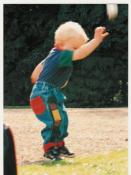 | 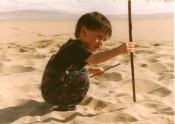 |  |
After the age of three, most of us in the Western culture start to lose this unconscious ease (see later picture in this series). These three older children are rare exceptions to this tendency and have somehow managed to keep fluid and poised for their activities:
 | 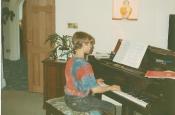 | 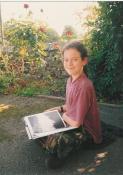 |
Of course, animals and birds never lose their poise and are great teachers for us. These pictures also demonstrate what we are looking to regain in some measure in terms of 'stillness in activity' and 'activity in stillness' (Alexander's expressions). Look at the leaping dolphins, the racing horse and the soaring bird. See how they all have a 'stillness' of power and calm as they move, just as the children above in 'action' mode have. We are more used to seeing stiff or awkward movement in our culture.
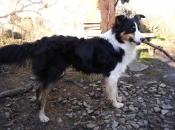 | 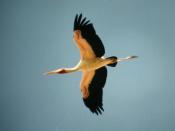 |  |
Then look at the Siamese cats, the dog and even the dozing cat. Notice that they have an 'activity in stillness', so even though they are still, their whole body is alive, open and quietly alert rather than collapsed or stiff. The children above in 'still' mode exhibit these same rich qualities.
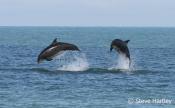 | 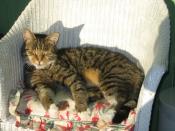 | 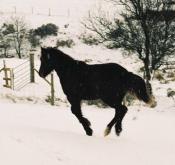 |
Dolphin image courtesy of Cardigan Bay Marine Wildlife Centre http://www.cbmwc.org.uk
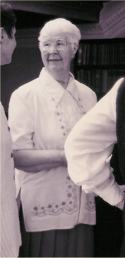
According to research, 97% of adults in Western culture lose their natural poise and so it is rare to meet one of the 3%! Elsie was in her eighties at the time of the photograph. She had never had a day's illness in her life; she still danced, sang, played the piano and was a bundle of fun.
She had never heard of the Alexander Technique, so somehow without any help, she had managed to maintain a natural and very fluid grace and poise throughout her life. A delightful lady.
Maurice Barlow - Ace Stilt Skater
Gail's father, Maurice, was an international professional stilt-skater, whose act in these pictures involved first of all skating round the ice balancing a huge top hat on his head and singing without a microphone and then building up speed (minus the hat) to leap over ever-higher stacks of chairs, finishing with splitting an apple on the head of a hapless 'volunteer' from the audience who would be asked to sit on the top row of chairs. To achieve this required of course a huge amount of athletic skill coupled with vast quantities of balance and poise!
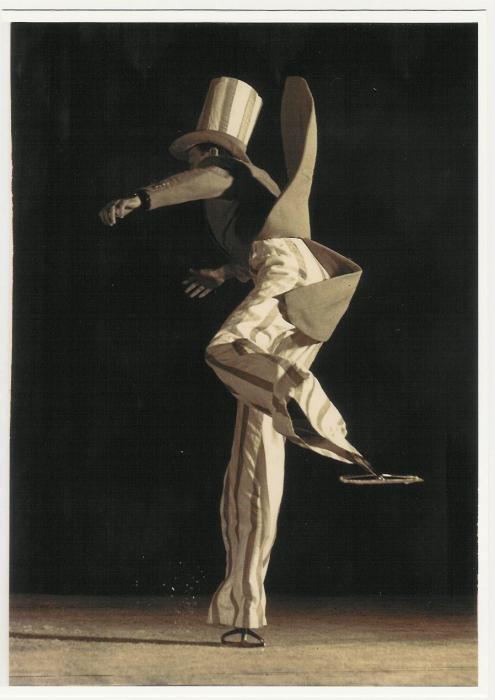
This is an extreme example of poise. Most of us would be happy to be able to do the things we want to do in our life without pain or restriction and to regain some sense of that lightness, ease and mobility with which we were born.
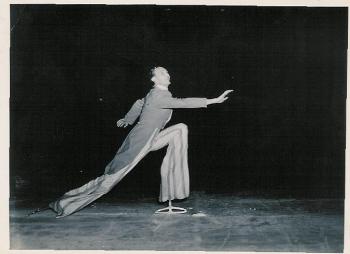 | 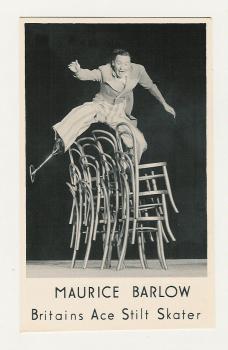 |
(Pictures show Maurice as 'Lanky Doodle Dandy' in Tom Arnold's Ice Show)
This last picture says it all! Apart from it being a wonderful, heart-warming photograph of musician Whispering Smith and his family in Louisiana, USA in 1972, it shows us what happens to us all.
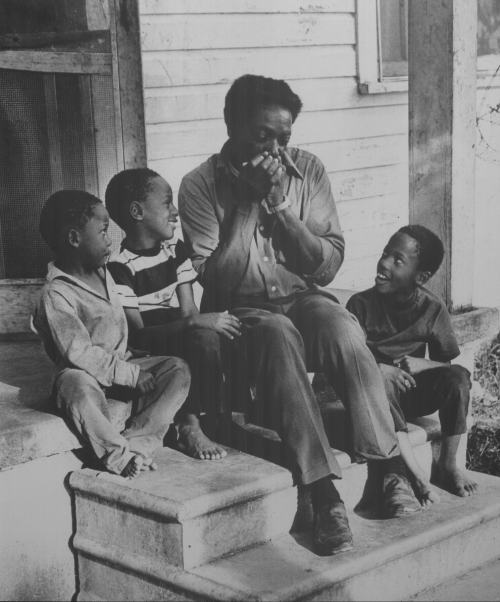
Whispering Smith and family, Lousiana, 1972 © Val Wilmer
Look at the young boy on the left and how he is still easily upright with stable pelvis, perfectly balanced head and a natural spiral in his body as he gazes up at his dad ('activity in stillness' again). At this age he is operating independently of the culture and is therefore able to continue effortlessly because he is as yet unaware that he is 'different' from the other boys. Alas, he will soon want to 'fit in'.
Compare this with the other two boys, who have already 'lost it', unconsciously collapsing their bodies into the Western culture's habitual distortions. Notice particularly how their heads are collapsed back into their necks and how their bodies are sunken down and twisted as they turn to face their dad.
This is not their fault. It's nobody's fault. They have just unconsciously copied their dad or their teacher or their neighbour, as we all do when we are growing up. They are our role models for life and so these distortions remain deeply embedded in our culture from one generation to the next. This way of sitting just looks 'normal' to most people and would not even merit a comment.
It is these distortions which Alexander Technique seeks to address. With help, we can become first of all aware of what we are doing to ourselves and then we can learn how to reverse that, so that we can choose to make our body stronger with a long-forgotten lightness and energy. It is a chance to make our life easier and more enjoyable for longer.


Gail Barlow is the Director of Dolphin Alexander Courses, which she set up in 1990 after completing the three-year full-time Alexander Technique Teacher Training Course and qualifying as a Teacher of the F M Alexander Technique.
Gail trained as an Alexander Teacher in the eighties and has now worked with over 2,000 people in the UK and Europe. She is now a very experienced teacher and is able to 'tune in' and work with each person in a method and at a pace uniquely suited to their individual needs.
She is a Member of the Society of Teachers of the Alexander Technique (STAT), which was founded in 1958 and is the oldest and largest professional body of Alexander Technique teachers in the world.
Data protection and privacy
Any contact and other personal details that you provide to Gail will only be used to communicate with you regarding your appointments and to provide necessary information regarding your Alexander Technique course. Any information held will be deleted 12 months after you cease to be a student. Personal information regarding students will be kept strictly confidential.